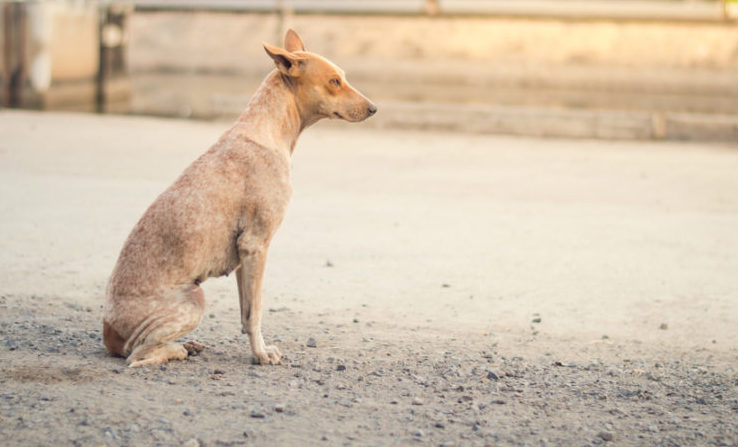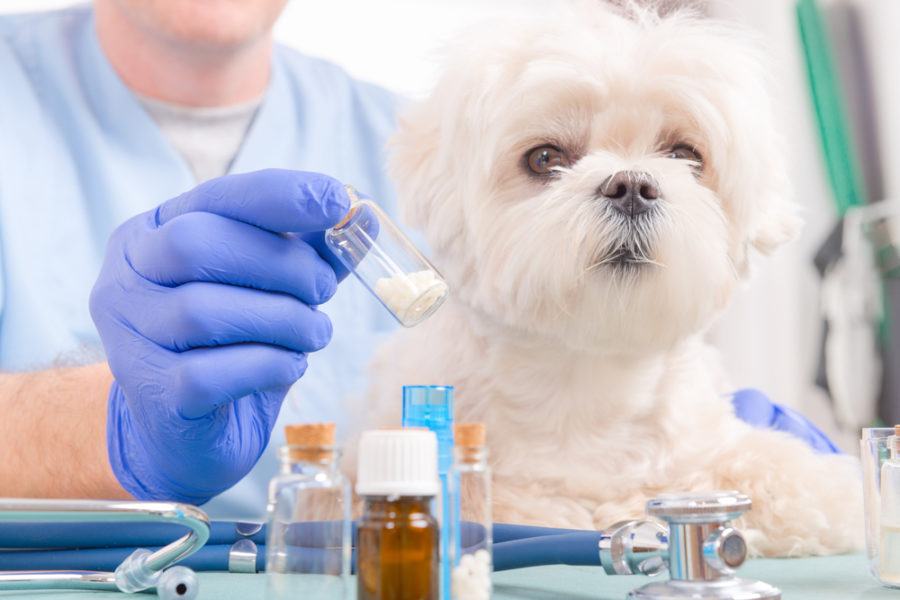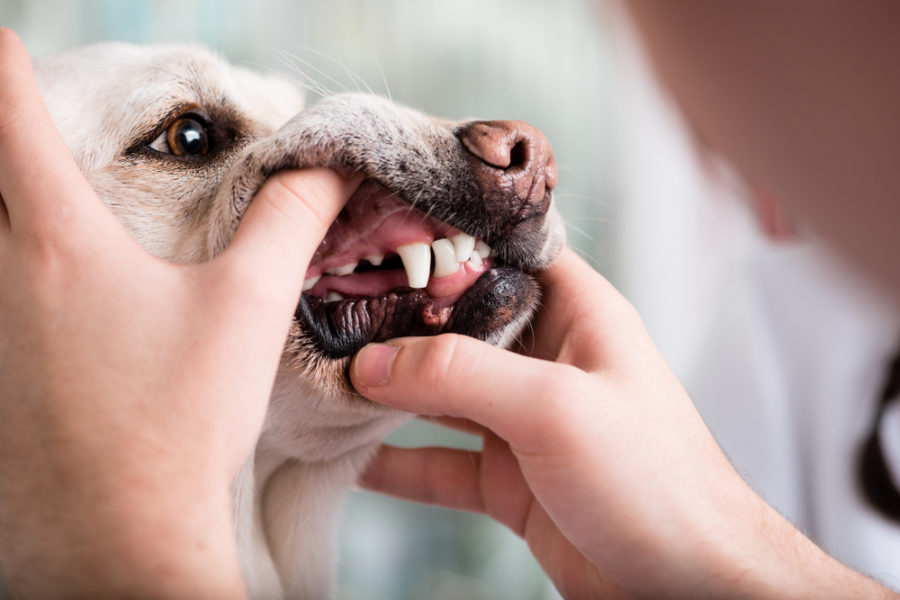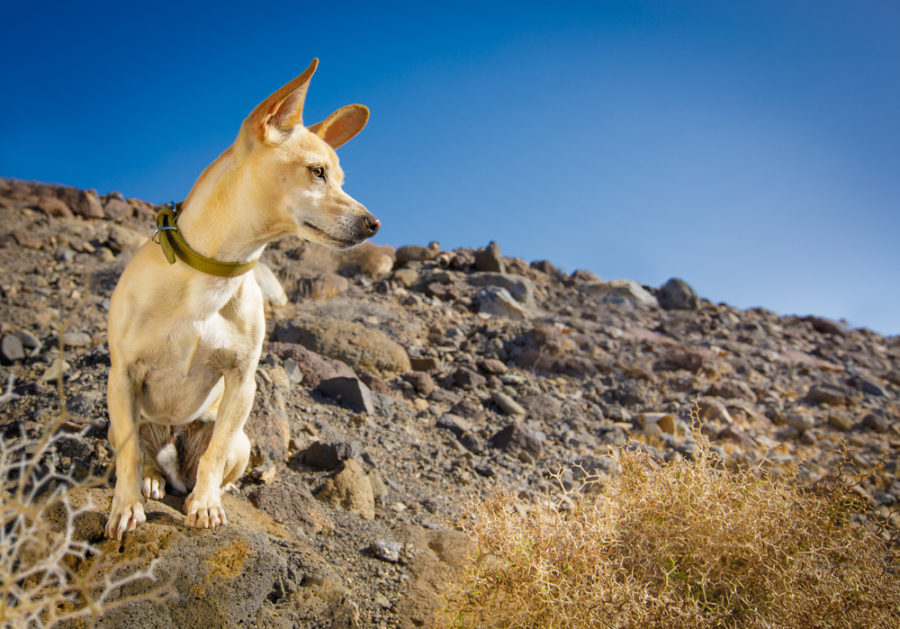Discover how to treat demodectic mange in an adult dog — holistically!
The demodex mite is present on most people and animals. In veterinary school we all scraped our eyebrows and most of us had this cigar shaped mite. When the immune system is weak for any reason, the body begins to react to the demodex, causing the itching, hair loss, eruptions, etc. The way to cure demodectic mange, then, is to boost the immune system so you are right on track to seek holistic treatments.
Building the immune system and eliminating the effects of demodex can be difficult. There are a multitude of holistic modalities available, so try one after the other, record the changes with each, and never give up. Look for improvements in overall energy and fun as the skin slowly heals. There are many things you can learn to do yourself, though it would be faster to also be working with an integrative veterinarian. My website lists a few classes and you can web search for others near you. Reiki classes are readily available.
One thing to help you cope as your little dog is slowly healing is to understand that having skin problems is actually a good thing. No dog dies from skin problems. If the vibrational field is healthy enough to produce skin symptoms instead of more serious illnesses (diabetes, Cushing’s, etc) this is good. You could help by using Reiki, T-Touch, HTA, flower essences, supplements, homeopathy and more once you have the training.
1. Even before you are trained in Reiki, you can ask for this energy healing that cannot hurt and may help. www.animalreikisource.com is one source.
2. Improve nutrients by feeding a fresh food diet (frozen raw or home prepared); using probiotics with fresh, canned or dry foods; and EFAs (Essential Fatty Acids).
3. Emergency relief flower essences such as Rescue Remedy can relieve itching. Put one drop in a separate water bowl. Put 10 drops in a cup of water and rinse itchy areas or eruptions with it. Put 4 drops in an ounce of water in a jar and give a few drops in every meal and every few hours in between. You cannot use it too often. It and other flower essences are totally safe and good for you, too. Skin Soothe from Spirit Essences or other flower essence combinations can give relief. Some even have combinations that can possibly stop the mite itself (Para-Outta-site and Flee Free, for example).
4. An ace bandage made into an Anxiety Wrap can calm the dog so the itching may lessen.
5. Many nutritional supplements can be used long term to build immunity and heal the skin.
6. Decrease toxins in the environment – house cleaners, yard chemicals, topical flea treatments, vaccines, chemicals in the diet.
Finding an integrative veterinarian is the fastest way to holistically heal your dog. This is a person trained in many different approaches, including using conventional drugs only when absolutely needed. Working with one can increase the chance that your cherished companion can live a long and healthy life after recovering from this current problem. Some homeopathic veterinarians will consult by phone or email if no one is in your area.
Resources
1. Acupuncture and Chinese medicine: www.IVAS.org & www.TCVM.com
2. Homeopathic veterinarians (these can often help you by phone if no other holistic practitioners are nearby that you like): www.theAVH.org and www.DrPitcairn.com.
3. Chiropractor – www.animalchiropractic.org
4. Wide range of other treatments: www.AHVMA.org, American Holistic Veterinary Medical Association and www.civtedu.org.








